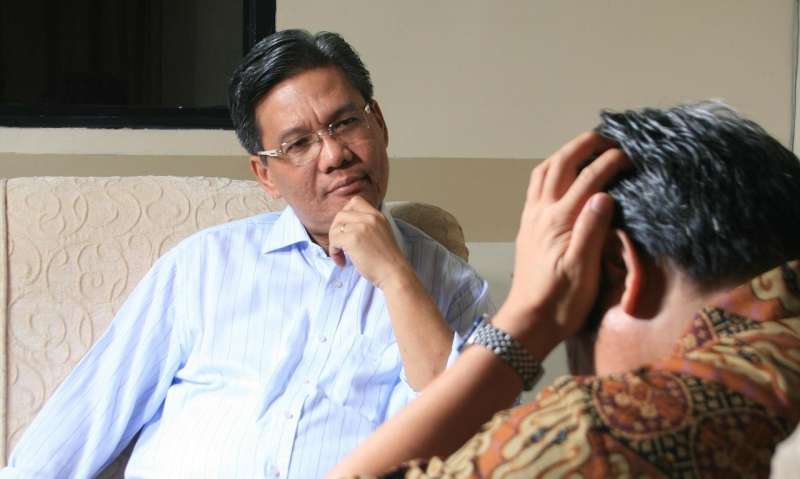Tweets used to track Australian mental health swings during COVID pandemic

To the casual observer, Twitter may appear to be a vehicle for venting frustrations, dunking on public figures or getting into trouble for things you said 10 years before you were famous. But what if all those tweets, across the spectrum of emotion—frustration, fury, fear, hope—could be data-mined to present a composite of a nation's overall mental health?
That's the thinking behind a recent study of nearly 245,000 COVID-19-related geotagged tweets—tweets that talked about the pandemic and had geographic information embedded in them—from across Australia. The goal was to identify shifts in mental health as a result of the COVID-19 pandemic, examining the time period from January 2020 through May 2021. The study describes how it used "machine learning and spatial mapping to classify, measure and map changes in the Australian public's mental health signals, and track their change across the different phases of the pandemic in eight Australian capital cities."
Xiao Huang, assistant professor with the Department of Geosciences and the Center for Advanced Spatial Technologies, both at the U of A, was second author on the study and the corresponding author. Huang explained, "The term 'social sensing' has emerged as a hot research direction in many domains because of the proliferation of publicly available platforms. It generally refers to a set of data collection paradigms where data are collected from humans or devices on their behalf. In this effort, the data collection paradigm we designed aims to intelligently retrieve public emotions and sentiments in an automatic manner."
Not surprisingly, researchers saw a shift from pessimism early on in the pandemic to increased optimism in the middle phase, but then another turn toward increased pessimism in the later phase, perhaps due to concerns with the vaccine rollout. While these broad feelings could probably be guessed at by watching or reading the news, what geotagging provides is a much more granular picture. Where were feelings of fear or pessimism most concentrated? In which cities? And in which specific areas of those cities?
The University of Queensland's Siqin Wang, who led the international research team, noted, "The clear insights into when and where people are displaying higher levels of pessimistic mental health signals provides important information through which the allocation of finite mental health facilities can be deployed."
She added, "We've found the provision of mental health services and the implementation of mental health policies clearly need to adjust at different phases of the pandemic, or indeed in any public health emergency."
Social sensing would seem to have important implications for how government and health authorities deploy resources to ensure they go where they are most needed when they are most needed.
The application of social sensing would also seem to have uses well beyond the realm of public health. "Although we applied keyword restrictions to retrieve tweets that talked about COVID-19 only in this study," Huang said, "I believe the idea of sentiment analysis via social media platforms can benefit various applications, such as gathering opinions about products or services, supplementing official surveys or even adjusting election campaign strategies and predicting election results."
That said, this all comes with the caveat that people who tweet may not be a completely accurate reflection of the general population, as they skew younger and may have more access to digital devices.
The paper, titled "The times, they are a-changin': tracking shifts in mental health signals from early phase to later phase of the COVID-19 pandemic in Australia," was published in British Medical Journal Global Health. Wang and Huang's co-authors included Tao Hu, Mengxi Zhang, Zhenlong Li, Huan Ning, Jonathan Corcoran, Asaduzzaman Khan, Yan Liu, Jiajia Zhang and Xiaoming Li.
More information: Siqin Wang et al, The times, they are a-changin': tracking shifts in mental health signals from early phase to later phase of the COVID-19 pandemic in Australia, BMJ Global Health (2022). DOI: 10.1136/bmjgh-2021-007081



















